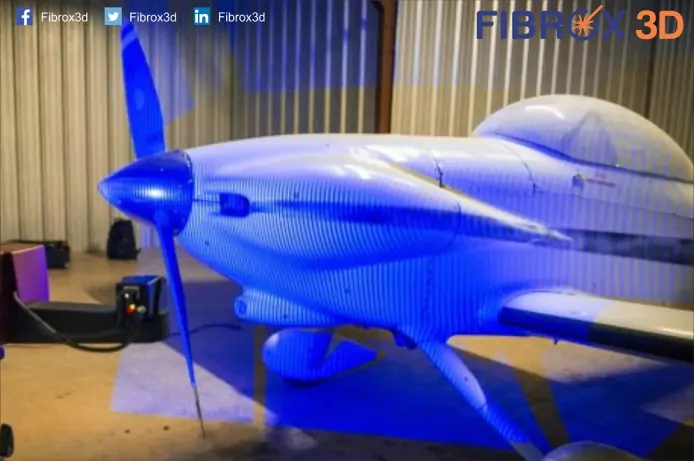
3D scanning is an important part of quality assurance, prototyping, manufacturing, and reverse engineering. The precise 3D blueprints and rapid workflows enabled by light-based non-contact metrology solutions make them an important technology that can have measurable benefits on an organization's bottom line.
However, many organizations are unfamiliar with the details of the various 3D scanning technologies available, and what you don’t know can hurt you. As industry standards progress, competition ramps up, and regulations become more and more stringent, it becomes more and more important for organizations to understand technologies that can position them the most advantageously in the marketplace. One area of confusion related to the 3D scanning industry is the difference between white light vs blue light scanning. While the short answer is blue light scanning is the more modern and advanced version of the two technologies, the topic warrants further discussion to help build a better understanding of how the technologies can benefit you. In this article, we will provide an introduction to white light and blue light scanning, compare white light vs blue light scanning and dive into some use cases for the technology (including how AMRDEC saved up to $100 million with ATOS blue light 3D scanners).
What is white light scanning?
White light 3d scanning is a type of non-contact metrology that leverages white light to produce highly accurate measurements. White light scanning enables highly accurate 3D models of physical objects to be created quickly and with a high level of precision. White light scanning technology has been on the market for over two decades.
White light 3D scanning works by projecting the line shadows from a 2D lens to a 3D surface. Cameras are then leveraged to view the variances in the 2D lines on the 3D objects and use advanced algorithms to generate point clouds. The X-Y-Z coordinate points generated during this process are then brought together to create a precise 3D model of the physical object.
When compared to traditional laser scanning, white light 3d scanning can offer a number of benefits. Laser scanners use laser beams to measure the surface area of a device and create models based on that data. Oftentimes the process of collecting measurements using a laser-based system can be tedious and labor-intensive. Laser measurement systems often require the user to leverage a portable 3d scanner or articulating arm and wave the scanner in a paintbrush style motion over the object. Not only can this process be time-consuming, but it can also lead to redundancy in efforts and overlapping data. A white light-based 3D scanning system on the other hand generally uses a camera mount, tripod, or robot and enables a “point & shoot” style workflow that minimizes setup and programming.
Similarly, white light 3d scanning offers workflow advantages over traditional coordinate measuring machine (CMM) based scanning systems. Traditional CMMs require that a probe touches an object’s surface in order for a measurement to be gathered. This means that as the complexity and size of an object scales, so can the measurements and programming required to use a CMM. Given that white light scanning does not depend on a physical probe touching the surface of an object and the relative ease of configuring a white light-based scanning solution, white light scanning inherently helps to mitigate many of the workflow and productivity issues associated with CMM based scanning solutions.
What is blue light scanning?
When comparing white light vs blue light scanning, it can be easy to become confused as to the differences between the two technologies. Sorting through the differences can become even more difficult when you consider that some marketing materials and articles related to the topic of metrology seem to use the terms interchangeably. In short, blue light scanning is an enhanced version of the white light technology discussed above. When comparing white light vs blue light scanning, they are known to be used in many of the same cases. However, blue light 3D scanners offer better precision, accuracy, and higher quality outputs.
One of the reasons blue light scanning technology is able to offer benefits over white light scanning technology is based on the fact that blue light has a narrower wavelength whereas white light is a combination of all the colors in the visible spectrum. The narrow wavelength of blue light helps enable better filtering of interference from ambient light.
Blue light is the leading technology for structured light scanning devices. It serves the same purpose as what white light scanners set out to achieve. The key difference between the two is that blue light achieves better results. White light was once the standard, but many recent studies support the superiority of blue light and its greater advantages and lesser disadvantages.
In short, light scanning is superior to laser scanning for medical applications, but blue light tends to perform better. The two can achieve the same quality results when scanning in a controlled environment. However, when there's a need for more portability and high resolution in a well-lit room, the go-to solution is a blue light scanner.
Know more:
- What is 3D Laser Scanning ?